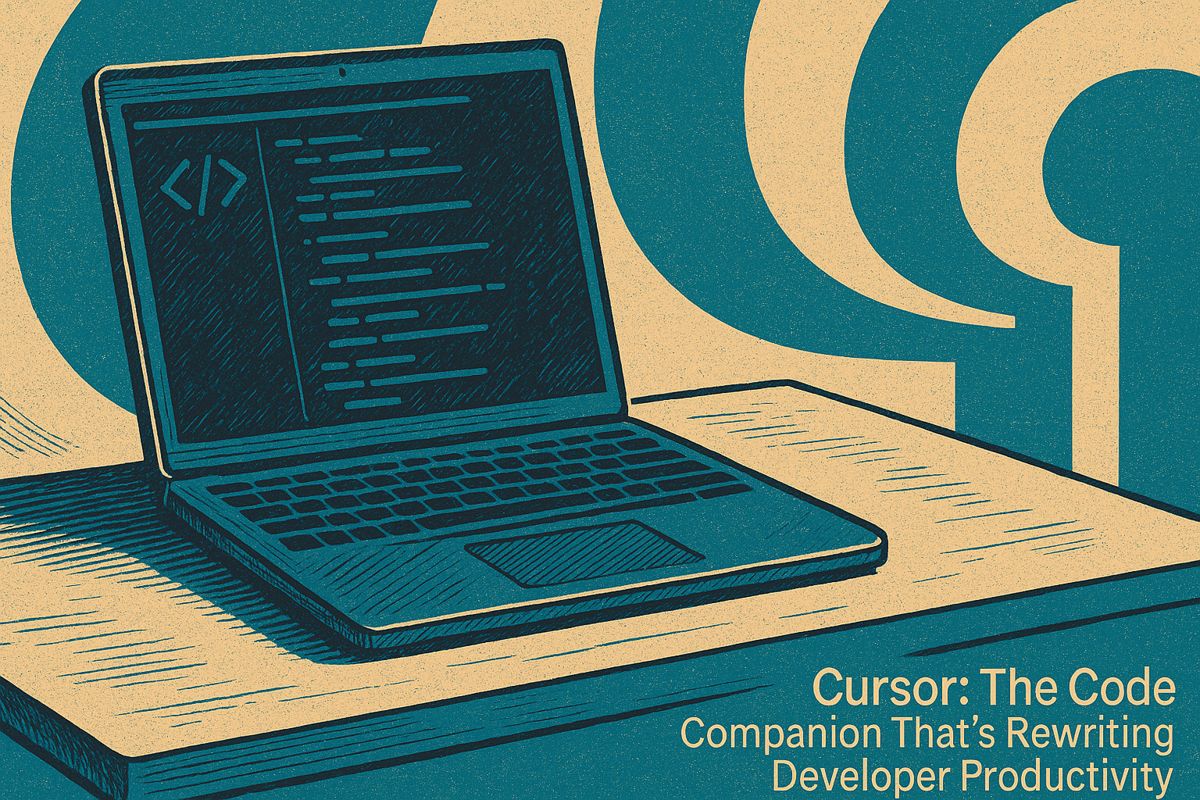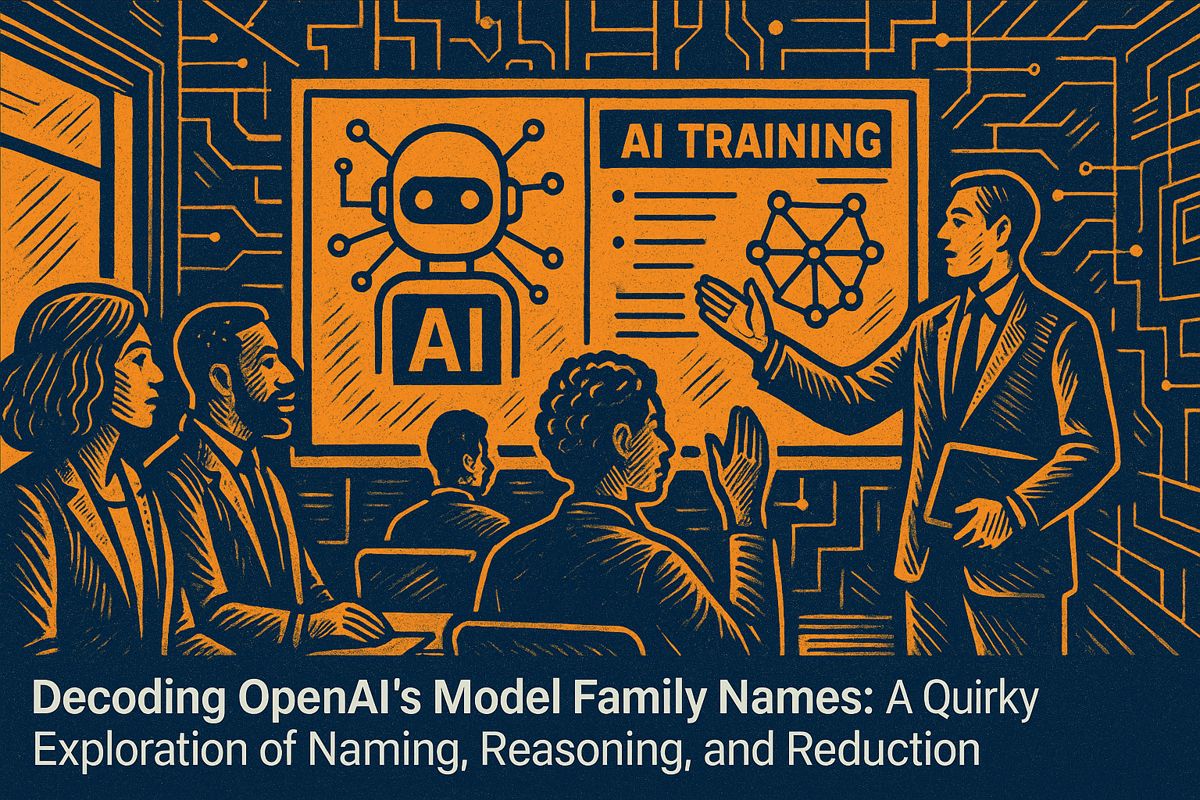Here’s the text with the most important phrase emphasized in markdown bold:
Cursor is a groundbreaking AI coding assistant that has rapidly transformed developer workflows by offering unprecedented context understanding and intelligent code suggestions. With its unique “Agent mode,” the tool can comprehend entire project repositories, helping developers write code faster and more accurately. The company experienced explosive growth, skyrocketing from $1 million to $100 million in annual recurring revenue in just twelve months, attracting major investors like Andreessen Horowitz. Developers praise Cursor for its ability to feel like a tireless, intelligent coding partner that catches complex nuances other tools miss. Despite being developed by a small team of fewer than twenty people, Cursor has become a game-changing tool that helps engineers ship features more efficiently and reduce debugging time.
What Makes Cursor Different from Other AI Coding Tools?
Cursor is a revolutionary AI coding assistant that offers unprecedented context understanding, allowing developers to write code faster and more accurately. With its unique “Agent mode”, Cursor comprehends entire project repositories, providing intelligent suggestions and catching complex coding nuances that other tools miss.
A Whisper Grows Loud
Sometimes, in the blue glow of midnight, I’ll catch myself scrolling through Product Hunt or the Hacker News front page, and a name jumps out of the fog: Cursor. Not the first time, either. I’d heard rumblings in Discord servers, seen it woven into memes (“If Cursor fixes my bug before I spot it, is it still my bug?”). Then last week a friend—let’s call her Sarah—sent over a number so big it felt like a prank: Cursor’s annual recurring revenue leaped from $1 million to $100 million in just twelve months. Numbers like that linger in your brain; they don’t just pass by like background traffic. I remember, with a shade of nostalgia, nervously paying $20 for a coding tool for the first time and wondering if my wallet would regret it. Today, that sum is just Cursor’s entry point, and—judging by those revenue figures—people are lining up to pay.
There’s a developer I once worked alongside in Chiang Mai, Thailand—his real name’s not Joe, but let’s stick with that. Joe moved at the speed of thought, fingers dancing in Vim, always with an Americano in reach. This spring, he tried Cursor out of idle curiosity. Two weeks later, he admitted he was hooked. “It’s like hiring a junior engineer who never takes sick days and always gets it right,” he said, grinning. Suddenly, he actually took lunch breaks. (For Joe, this was nearly unheard of.)
But what makes Cursor so different? What’s made it lodge itself, like an earworm, in the collective developer psyche? There’s something almost tactile in the way people talk about it—like the crisp snap of a well-oiled keyboard, or the smell of fresh solder. Have you ever encountered a tool that felt, inexplicably, like the missing piece?
Explosive Growth Written in Code
Let’s lay down the facts—no superlatives needed. Between 2023 and 2024, Cursor’s annual recurring revenue shot from $1M to $100M, according to TechCrunch. By March 2025: $200M. By June? $500M. That’s a 60% jump in just two months. I’m tempted to call it “meteoric,” but even meteors usually slow down before hitting the ground. This is more like a neural network on rocket fuel.
Cursor’s parent company, Anysphere, didn’t let this escape investors’ notice. In early 2025, they raised $900 million at a staggering $9.9 billion valuation. Partners include behemoths like Andreessen Horowitz (a16z) and Thrive Capital—names that carry the weight of Wall Street and Sand Hill Road alike. But here’s the twist: Cursor reached its first $100M ARR milestone with about 360,000 individual paying users.
Their pricing model is refreshingly simple: $20 a month for pros, $40 for businesses, both after a two-week free trial. No labyrinthine “contact sales” page, no cryptic “custom enterprise” tiers. It’s a penny jar model—small amounts, multiplied by a user base that grows like mushrooms after rain. Ironically, this model flipped the script on SaaS growth: rather than buttering up CTOs at swanky dinners, Cursor won the hearts of the indie hacker and the side project enthusiast.
The Magnetic Pull of Context
Cursor isn’t just another code assistant. Its actual moat? Context and scale. Where tools like GitHub Copilot can fumble on sprawling repositories—forgetting what happened three files ago—Cursor’s “Agent mode” keeps everything in its mental notebook. I’ve heard devs at OpenAI, Shopify, even rivals like Midjourney, quietly admit they use it. This is telling. When your competitors bite into your apple, you know you’ve grown something juicy.
Joe called it “pair-programming with an invisible, tireless savant.” You can almost feel the energy in the room—lines of code flowing, the gentle patter of keys, that faint ozone tang of electronics. Cursor reads your entire project, weaves suggestions that connect modules, and catches context that other assistants miss. Even I, usually skeptical, found myself raising an eyebrow the first time I saw Cursor complete a gnarly recursive function with eerie precision. It’s not sorcery, but it sure feels like it.
The team behind Cursor is shockingly small—fewer than twenty people as of this year. There’s something poetic about it, like a jazz quartet making stadium-filling sound. The word “scrappy” comes to mind. Or maybe “relentless.” I’m not sure which fits better, honestly.
What Comes Next? (And Why It Matters)
So, is Cursor the perfect tool? Ha. No such thing. Early bugs still pop up—sometimes an autocomplete suggestion that makes you blink and mutter, “What?” But updates arrive at a brisk clip, and the product feels alive, almost organic. At least once, I doubted if a single tool could really make my day measurably easier. Then, after a week using Cursor, I realized I’d spent less time debugging and more time actually shipping features. Relief, tinged with a bit of disbelief, washed over me.
Cursor’s next frontier includes multi-file editing (finally), sharper reasoning models, and a shot at becoming as ubiquitous as Stack Overflow or PyPI. Will they pull it off? That’s the billion-dollar question. And if I’m honest, I can’t help but root for them—flaws and all. Maybe that’s the real magic here: a product that makes



















